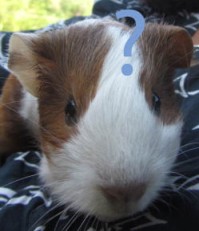You may have heard: Michael Bloomberg, the mayor of New York City, is worried about the health of his citizens. More specifically, he’s worried about obesity. So, a couple of months ago, in a rather drastic measure, he decided to introduce the NYC soda ban: to limit the sale of certain sugary soda drinks larger than 16 ounces (approx 0.5 l) in certain businesses overseen by the Department of Health and Mental Hygiene. However, back in March, one day before it was supposed to take effect, the ban was ruled unconstitutional by a State Supreme Court. Yesterday, the state’s Appeals Court decided that this previous ruling should be upheld.
Shame.
Not that I am personally particularly worried about the caloric consumption or the health of NY citizens. No. I was, however, looking forward to one of the largest health experiments ever, with all those people roped in as unwilling experimental guinea pigs.
For one, it would have been a great behavioural experiment: would people have maintained the same volume of soda consumption, drinking a larger quantity of smaller volumes?
But more importantly – assuming that people would have reduced their soda consumption – would it really have made a difference? I mean, soda often comes up as a “culprit” in association studies between obesity and environmental factors, but these are mainly associations. And generally, the population with the highest soda consumption is also the one with highest consumption of unhealthy, high-calory food, partaking in less physical activities etc. So, there has been much to-and-fro about true causation and a possible fix. Therefore, I would have been extremely curious about the outcome of such a large-scale, long-term experiment, where this single variable is modified. I mean, clearly, it wouldn’t have been a perfect experiment (where’s the control group?), but from a scientific point of view, it could have been an interesting one…

